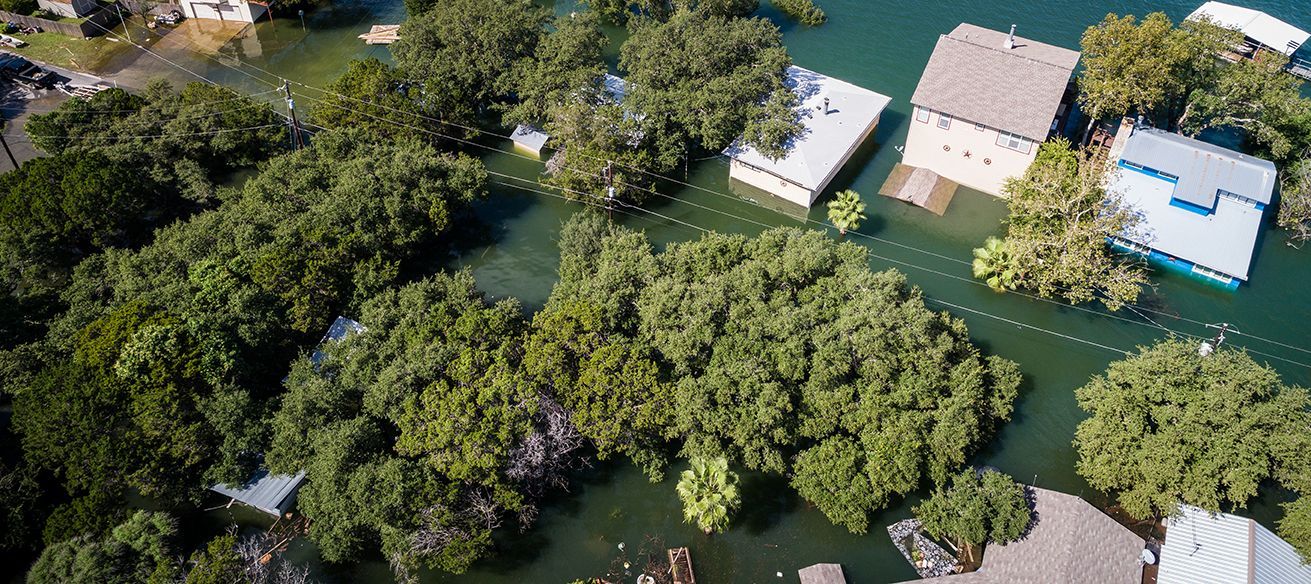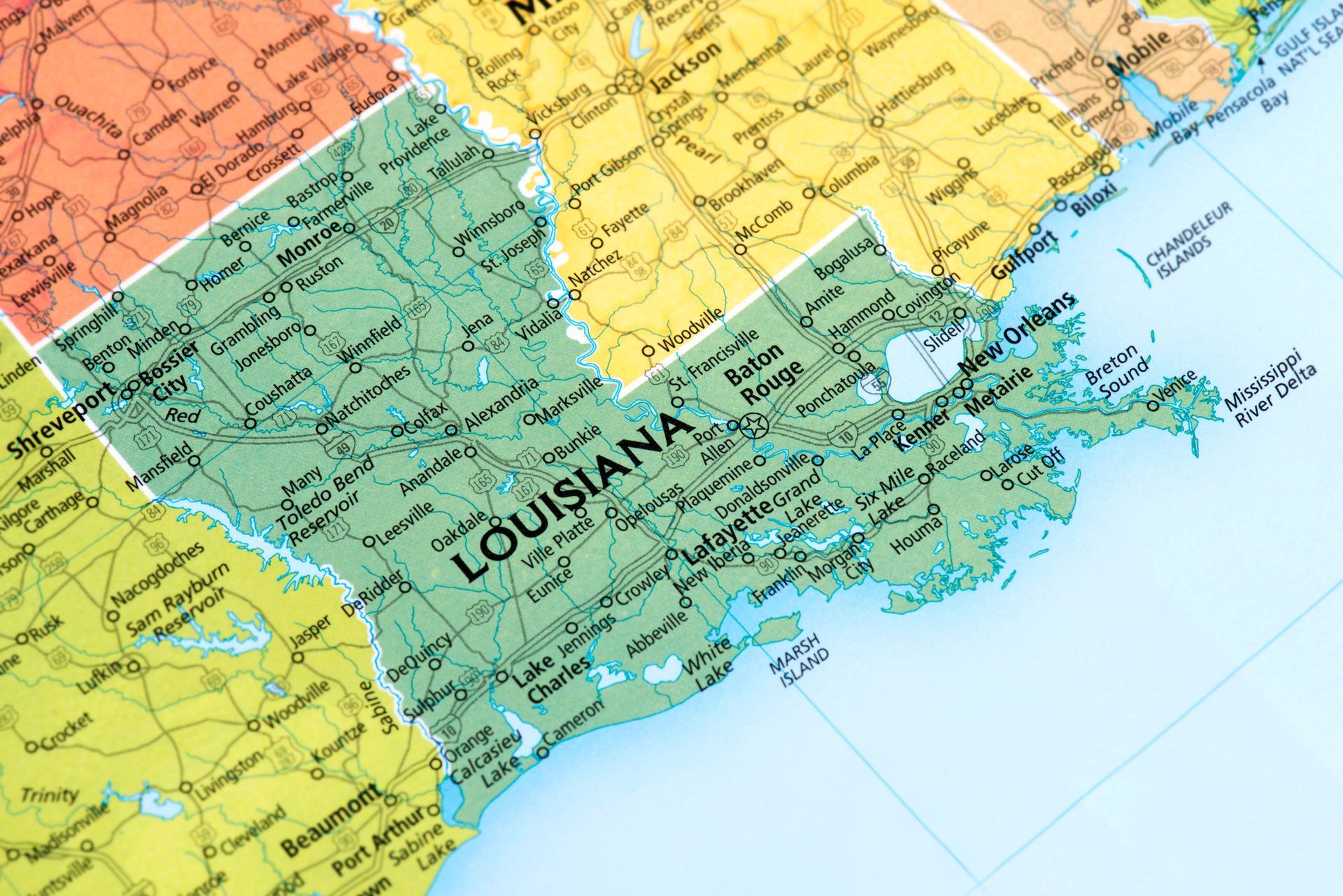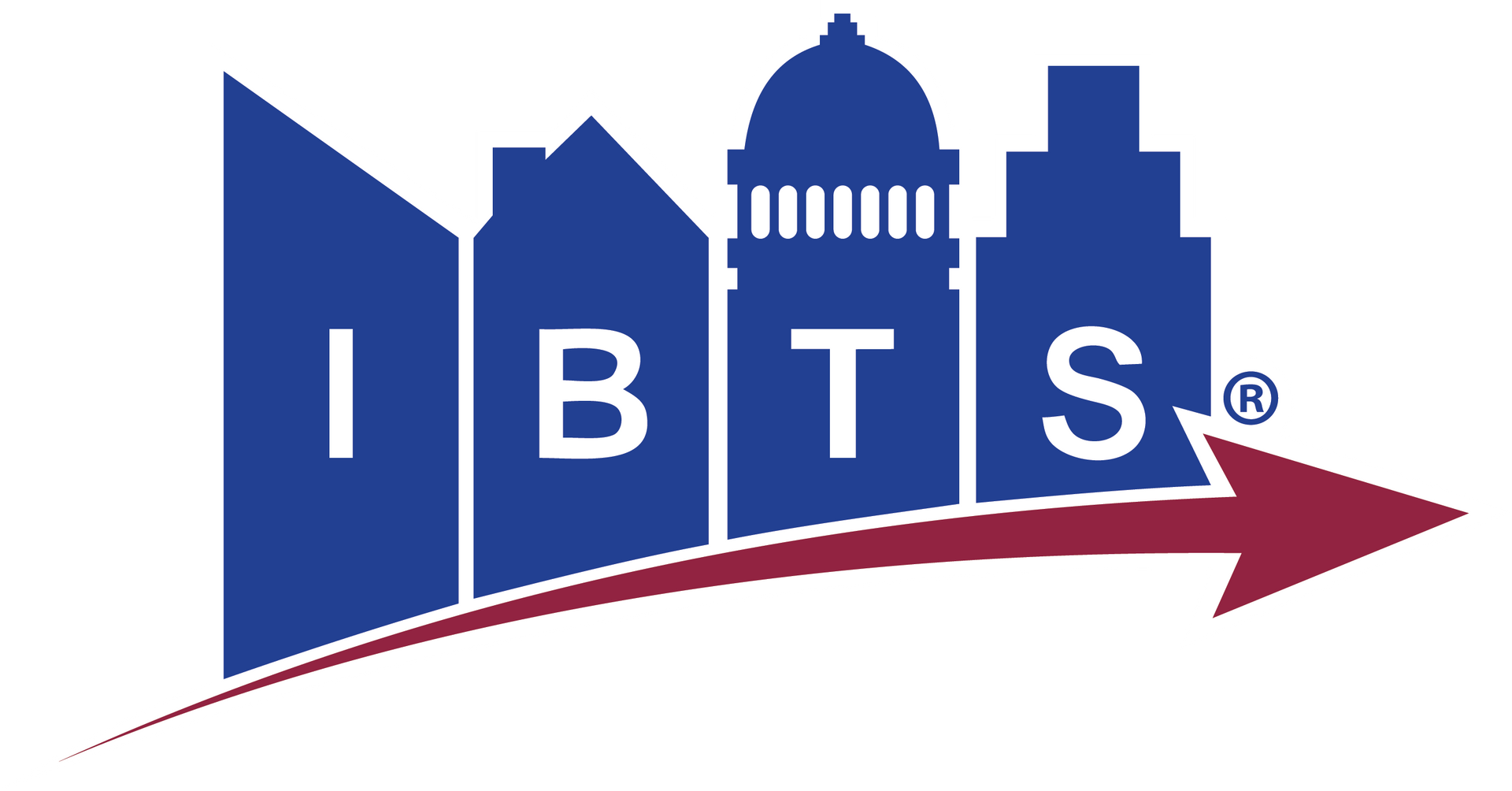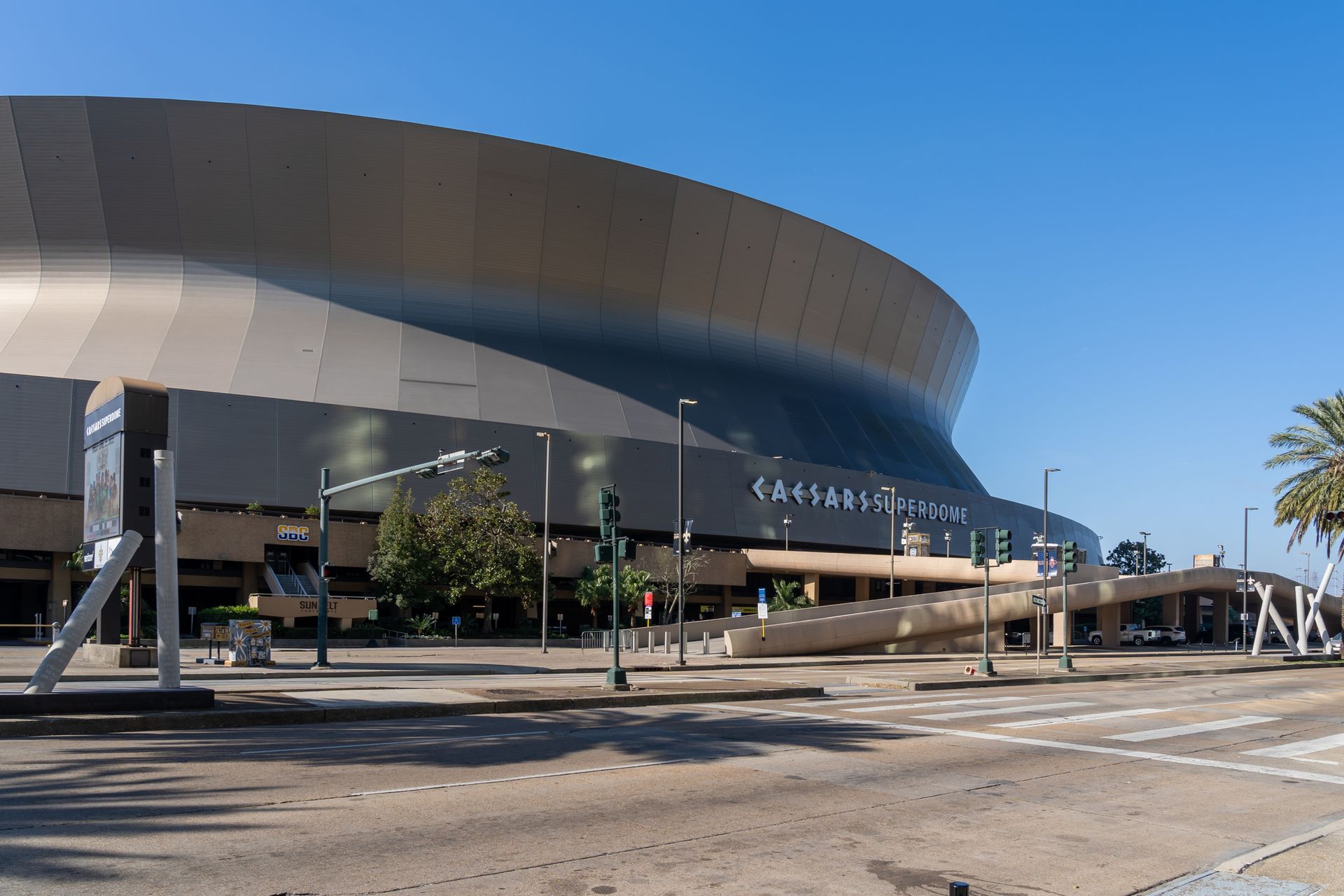Community Engagement: The Key to Sustainable Infrastructure Development
Share this article:
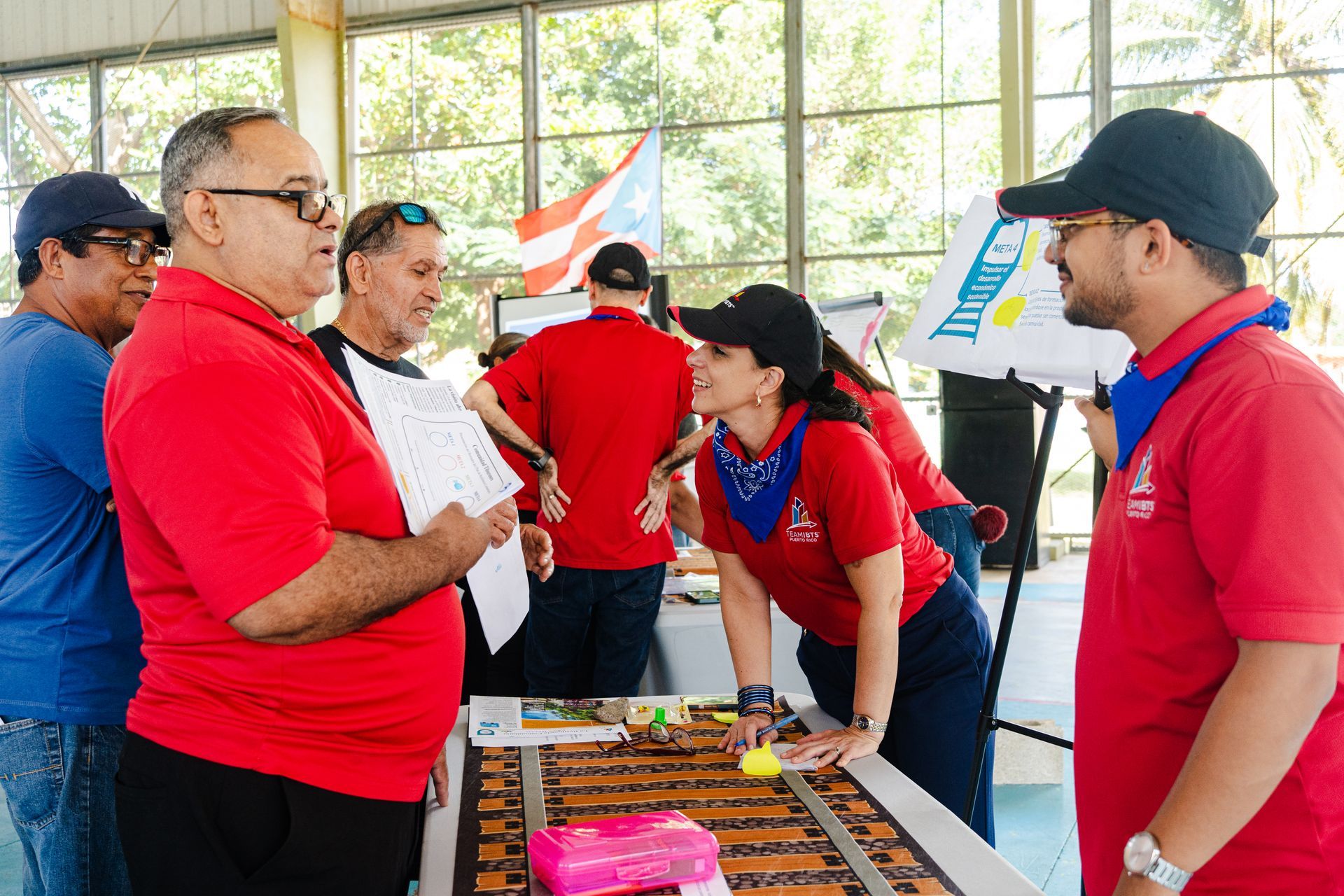
IBTS-facilitated meeting in the community of Tiburones during the Whole Community Resilience Plan (WCRP) process.
Introduction
Public infrastructure involves more than building physical structures; it involves building trust and empowering communities to participate in the planning process.
IBTS has years of experience offering customized support to develop and strengthen community engagement. Our approach fosters a sense of ownership in and increased support for projects that take into account community concerns, assets and goals.
This white paper discusses the process for executing a strategic community engagement plan. Doing so with intention can lead to the successful design and development of physical spaces that promote economic growth, enhance social well-being, and encourage resilience and sustainability.
Challenges in Puerto Rico’s Infrastructure Development
Puerto Rico’s infrastructure has suffered from years of underinvestment along with disasters, such as hurricane María (2017), that affected the entire Island. Damage to roads, bridges, power grids, and public transportation systems has hindered development progress. Challenges include:
- Lack of mutual understanding and respect among residents, developers, and relevant agencies
- Bureaucratic delays between agencies’ public announcements of support and local action
- Unclear and unaddressed impacts on affected groups
- Mistrust among residents due to slow recovery efforts
- Lack of coordinated engagement strategies to restore public trust
Community Engagement Strategies for Facilitating Development
Community engagement seeks to involve community members in processes and decision-making to achieve long-term and sustainable outcomes. To be successful, community engagement must encompass strategies that are sensitive to the history, needs, and concerns of the community.
IBTS Puerto Rico has a wealth of experience in developing inclusive networks, listening to and understanding stakeholders, providing customized communications plans, and demonstrating success across the Island. In doing so, we have established the following three-phased approach:
- Pre-Assessment: During the pre-assessment phase, we develop a customized engagement plan that includes detailed community profiles and community outreach efforts, and we begin conversations with local stakeholders. We identify communication channels, challenges, and opportunities for positive outcomes.
- Community Engagement: Recognizing the importance of community participation and trust, we engage residents, businesses, and other stakeholders in solution-oriented discussions, creating local champions for success.
- Community Satisfaction: Through ongoing communications and touchpoints, we continue the conversation, listen to feedback, and adjust as needed.
Using this approach, IBTS Puerto Rico employs multiple strategies for leveraging community engagement to benefit development. These strategies include:
- Community-Based Coordination Hubs: We establish community advisory groups composed of key stakeholders, nonprofit organizations, and municipal representatives to serve as consistent points of contact between agencies. These hubs can facilitate ongoing communication and help navigate bureaucratic processes more efficiently.
- Stakeholder Engagement & Transparency: We organize regular community forums, town halls, and stakeholder meetings to keep individuals informed about project progress, challenges, and funding timelines. Increased transparency can help build trust and reduce delays caused by misinformation or misalignment.
- Institutional Knowledge Retention: We develop a centralized database or task force to track project progress, contacts, and procedural documentation. This ensures continuity through political or administrative leadership changes and prevents unnecessary project reevaluations.
- Interagency & Local Representatives Liaison Roles: We designate local liaisons to facilitate communication between developers and municipal governments. These liaisons can help ensure that regional priorities remain central to decision-making, and project momentum is maintained despite shifts in leadership.
- Collaborative Funding Strategies: We engage local businesses, universities, and nonprofit organizations in resilience and recovery planning to supplement efforts. Public-private partnerships can help sustain project funding and execution, reducing dependency on shifting federal priorities.
Implementing a Strategic Approach to Community Development
Developing and implementing a strategic community engagement plan can help improve public trust and build awareness of the many benefits of development for local residents, businesses, and other stakeholders. It can also help maintain project continuity amidst political or administrative changes. A strategic approach to community engagement should focus on the following priority areas:
1. Establish a Deep Understanding of Key Stakeholders:
Knowing the pain points, needs, experiences, and motivations of key stakeholders is critical to effective engagement and buy-in. These can include local community leaders, community-based and non-governmental organizations (CBOs and NGOs), residents, businesses, and non-Island stakeholders (such as investors), as well as the Puerto Rico government and local municipalities.
Recommendation: Work with an experienced outreach partner who can effectively communicate, nurture relationships, and liaise among stakeholders. It’s important to establish a liaison between the community and other stakeholders both on and off the Island, ensuring clear and consistent communication among all parties involved. Doing so helps to streamline project implementation, minimize disruptions, and improve local participation.
2. Conduct Early, Transparent, and Consistent Communication:
Engaging community leaders and local representatives early, and maintaining transparency and regular and reliable communications over time, can streamline project implementation, minimize disruptions, and improve local workforce participation. Proactive engagement reduces public frustration and fosters cooperation.
Recommendation: Host community and local stakeholder meetings to inform residents and businesses about construction schedules, expected disruptions, and alternative routes, and seek buy-in for proposed solutions. For example, work with businesses and community associations to develop mitigation plans that minimize the impact on daily operations, and engage community leaders and residents to identify alternative access routes, secure agreements for right-of-way access, and provide insights into seasonal weather patterns that may affect construction timelines. Regularly communicate benefits to the community, such as commitments to job training, utilization of local businesses, youth programs, and health and wellness campaigns.
3. Engage the Local Workforce, Training, and Business Communities:
Engaging local schools and businesses reduces reliance on outside labor, lowers costs, and creates employment opportunities that benefit both the project and local communities. Likewise, an effective way to mitigate bureaucratic delays and funding challenges is through strengthening local relationships. By leveraging grassroots networks, partnerships with local organizations, and coordinated advocacy, developers can maximize available resources and accelerate project completion.
Recommendation: Collaborate with local vocational schools, CBOs, and trade unions to provide training programs for residents, and establish locally led planning and capacity-building programs and committees. Work with area construction companies and other vendors to utilize existing infrastructure and resources.
On-the-Ground Examples: Transparency, Participatory Mapping, and a Community-Led Vision
The Puerto Rico Department of Housing provides funds through the Municipal Recovery Planning (MRP) and Whole Community Resilience Planning (WCRP) programs to encourage municipalities and communities to address conditions created or exacerbated by Hurricanes Irma and Maria. IBTS Puerto Rico’s planning department has been working with communities across the island since 2023 on these resilience plans.
Here’s a look at how we put our community engagement strategies into action:
Transparency
Working In the municipality of Utuado under the MRP program, IBTS Puerto Rico held a series of open meetings with residents on the narrowed scope of the project to review and compare the vulnerabilities of several communities.
After detailed discussions, residents cast anonymous ballots, which were collected in a community-managed drop box. A designated community member counted the votes, and the results were announced immediately, along with next steps. This process not only validated the community’s voice in decision-making but also reinforced transparency and promoted a sense of shared ownership over the final resilience plan.
Participatory Mapping
In Paso Palma, a barrio in Utuado, IBTS Puerto Rico facilitated participatory mapping exercises for a WCRP project during which residents identified area risks, vulnerabilities, and assets. They mapped critical hazards such as recurring landslides along the main state road that intensified after Hurricane Maria and continue to block access for days or even weeks at a time, isolating residents from emergency services, food supplies, and medical care.
They also identified the low-water crossing bridge that connects Parcelas Pons, a structure that regularly floods during rain events and whose edges often collapse, cutting off the only access route. Even after the water subsides, the mostly elderly residents remain isolated for days until provisional repairs are made. The exercise not only provided essential data but also opened space for dialogue that grounded planning in real, lived experiences.
Residents also identified community strengths, such as extraordinary natural assets like Cañón Blanco, located in Parcelas Pons. The site, home to Taíno petroglyphs and recognized for its scenic and recreational value, holds historical significance and presents a unique opportunity for economic development through community-led ecotourism initiatives.
Community-Led Vision
In Tiburones, Ponce, IBTS Puerto Rico used the community’s historic connection to the nearby sugarcane train line to design a culturally relevant “Resilience Train” workshop. Using guided questions like “Who are we?” and “Where do we see ourselves in 5 to 10 years?” residents shared ideas on a large poster.
The exercise led to a unifying vision: “Tiburones — a self-sufficient, safe community with reliable essential services, flood-ready infrastructure, and vibrant recreational and communal spaces.”
The vision was shaped directly by the voices of the residents, many of whom are older adults, and reflected the resilience and aspirations of the entire community.
These examples illustrate the importance of community engagement as part of successful infrastructure development. By integrating local perspectives, projects will not only be technically sound but also responsive to the communities they serve, and ultimately more resilient.
For more information, contact us.
